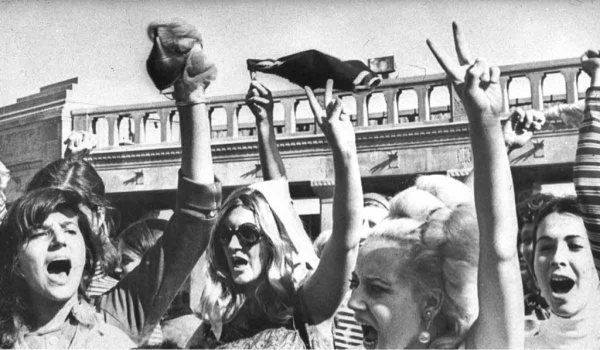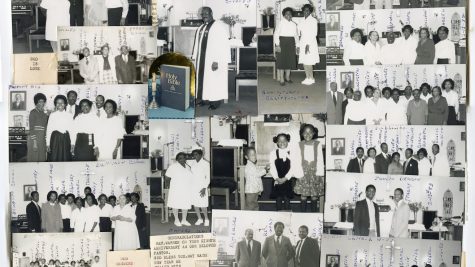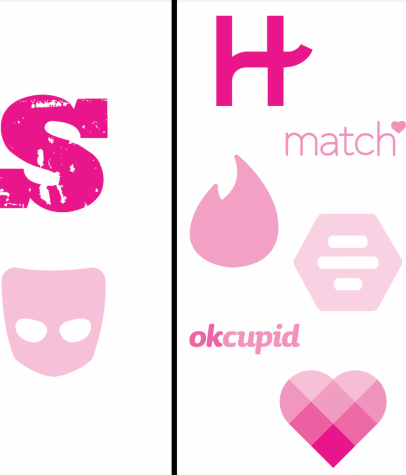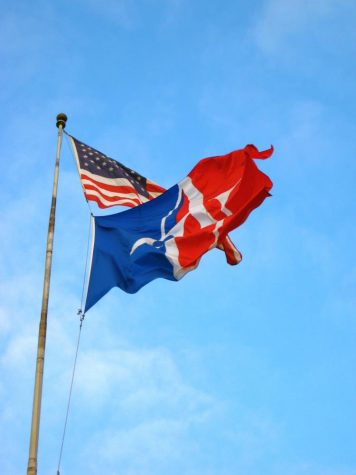Feminism Mini-Series || Myth 1: The bra burning feminist sets the patriarchy ablaze

The article is part of our feminism mini-series, in which we will look at debates about feminism and inclusivity, stereotypes and how the history of the movement has shaped its perception today.
The above image is iconic. The militant and radical feminist throws her bra into the flames, hoping to burn down the patriarchy. This image and the more militant strains of feminism have become synonymous with the feminist movement for some, using this image as a political tactic to get votes, isolate a group of people, and keep groups subjugated. Let’s look at the origin of this image and symbol of a movement.
Atlantic City 1968. A group of women gathered outside to protest the Miss America pageant. They handed out pamphlets, marched with signs, crowned a sheep Miss America (note: Miss, not Ms.)—drawing comparison between the Miss American pageant and a county fair. Their protest soon become most commonly remembered for something that didn’t really happen. Bra Burning. It’s a myth.
Newspaper and magazine articles covering the event sparked the hype of destructive protesters setting fire to their undergarments. Page four of the Atlantic City Newspaper published an article with the headline of, “Bra-Burners Blitz Boardwalk.” In reality, they threw mops, girdles, bras, Playboy, but didn’t burn them. It was a safety hazard since they were on the boardwalk.
The origin of all this confusion and media hype can be traced back to the merging of two very important social movements of the time. Protesters of the Vietnam War were burning their draft cards during demonstrations around the same time women were throwing items that represented the oppression of women into trash cans. The New York Post published an article comparing these two social demonstrations. These media misconceptions caused the term “bra-burning” to take off like wildfire. (No pun intended)
In current culture, bra burning has stuck in the minds of countless critics of feminism and has helped to instill a fear or misunderstanding. This fear is media-generated and is a part of the massive gaps in the American knowledge of their history in fighting for equality.
Popular talk show Rush Limbaugh, the mastermind behind the term “femi-nazi,” has been cited by scholars as marking the movement as one that is extremist, used the term “bra burning” in an article about Hillary Clinton to delegitimize her chances of a 2016 presidential bid. Limbaugh earlier said in his “Truths of Life,” Feminism “was established to allow unattractive women easier access to the mainstream.” This combined with the militant feminist espoused by Limbaugh and others is is not an accurate representation of the movement.
For some, feminism means equality in all of humanity. However, if randomly asked on the street, most people would not define it this way. The media helps to make these misconceptions popular. This sort of misunderstanding is true of many social movements; for example, the Civil Rights movement and how certain facts are glossed over (like LBJ and his support or lack thereof), the Gay Rights movement and HIV, Native Americans and Christopher Columbus and the depiction (or not) of genocide. The list of incongruities goes on.
There are holes in every social movement that need to be filled. The media is not neutral in perpetuating these misunderstandings. From this, prejudice is born, and when the media cuts more holes into these social movements, it can change the depiction of an entire movement.











